|
Packard
Electric Division of General
Motors Corporation in World War Two / WWII
Warren, OH
1890-Current
(As Delphi Packard)
Despite all the changes and consolidations of GM and then Delphi
Divisions that Packard became part of, it has still maintained its
identity.
This page updated on 4-28-2014
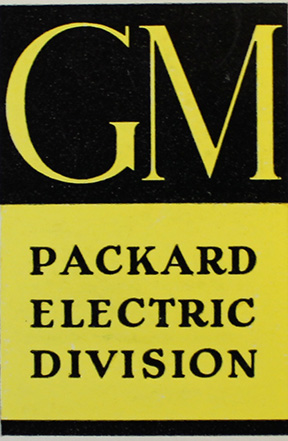
Packard Electric Division
World War Two / WWII Production Numbers / Statistics:
Electrical cable (wire) from Packard Electric was used for the wiring a
multitude of military applications during the Second World War.
Electrical wiring is ubiquitous. It is used
everywhere there are electrical circuits, but it is usually never given
much thought as it is never seen. There was a considerable amount
of engineering and manufacturing expertise needed to get the correct
electrical insulation for the military application. Packard Electric
was able to provide that expertise for the war effort. Packard cable was used in
land vehicles, aircraft, ships, engines and various military instruments
and electrical equipment. It should be noted that WWII was
previous to the invention and use of the circuit board. Electrical
equipment all used point to point wiring that needed copious amount
cable and wire to make it work.
It should be noted from pages 5-6 of the
"Background for Victory" below that in July of 1943, Packard Electric
took over the Sunlight Division of GM, and assumed responsibility for
the manufacture of autosyn motors. These are also known as slo-syn
motors and one widely used application was the remote control of many
anti-aircraft aircraft guns by a sight remote gun sight.
Packard Electric Division won its first
Army-Navy "E" award on September 12, 1942, with the
presentation on October 7th of that year. It won three more awards
for a total of four.
The next year Plant 4 of the Packard
Division won its own "E" award on October 16, 1943. The
the plant was awarded two more awards for a total of three.

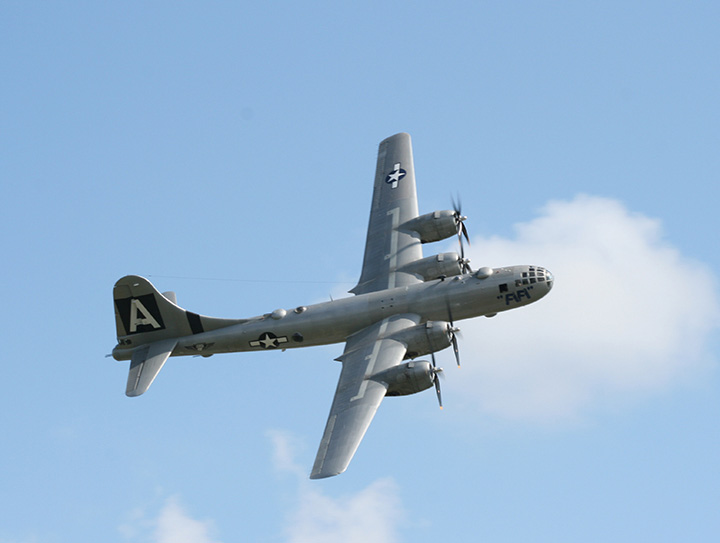
Packard Electric was one of seventeen GM
Divisions that was involved and supplied parts for the Boeing B-29
Superfortress during the Second World War. The B-29 was the most
expensive of the wartime projects taken on by the US, and combined with
the second most expensive Manhattan Project, ended the war with the
dropping of the atomic bombs. Packard supplied high altitude
ignition cable for the B-29 engines. No doubt its wring was used
in much of the on board electrical and electronic equipment also.
Author's photo from the 2013 World War Two Weekend Airshow.
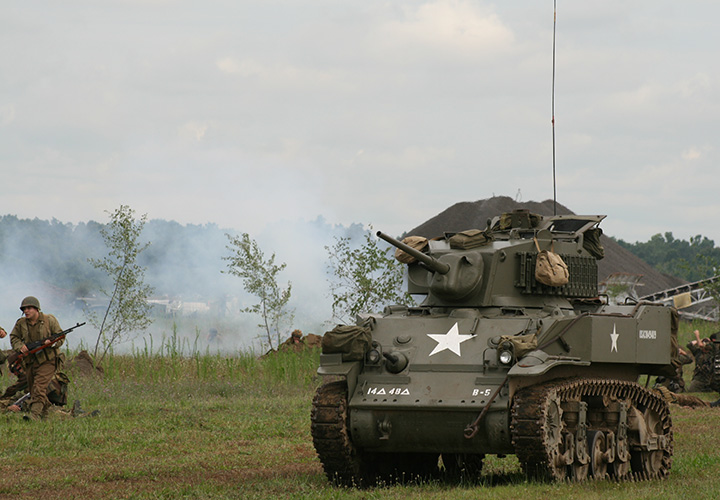
In the 1942 General Motors annual report it
was noted that Packard Electric was supplying wiring assemblies for the
Cadillac built M-5 tank. It is also shown along with other land
vehicles on page 20 of "Background for Victory" below. Author's
photo from the 2013 Thunder over Michigan Airshow.
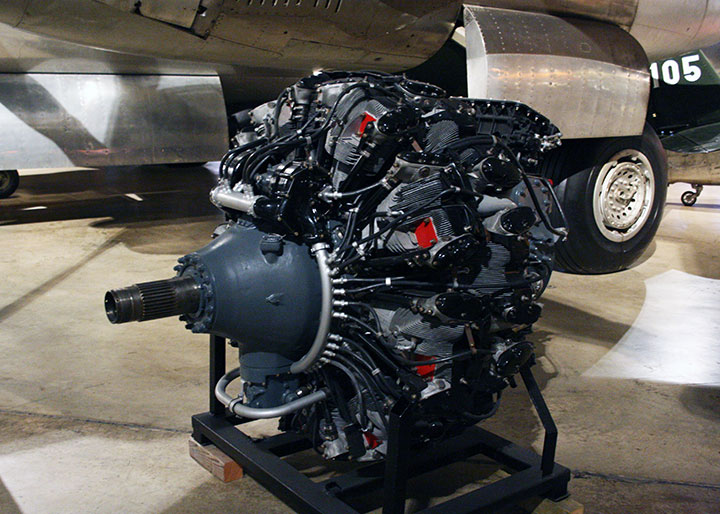
This is an example of the Wright R-3350
radial aircraft engine that powered the Boeing B-29. Note the
sparkplug wires coming out of the main wiring conduit and then making
their way to each of the eighteen cylinders. Each cylinder on an
aircraft engine has two sparkplugs. Author's photo from the
National Museum of the United States Air Force.
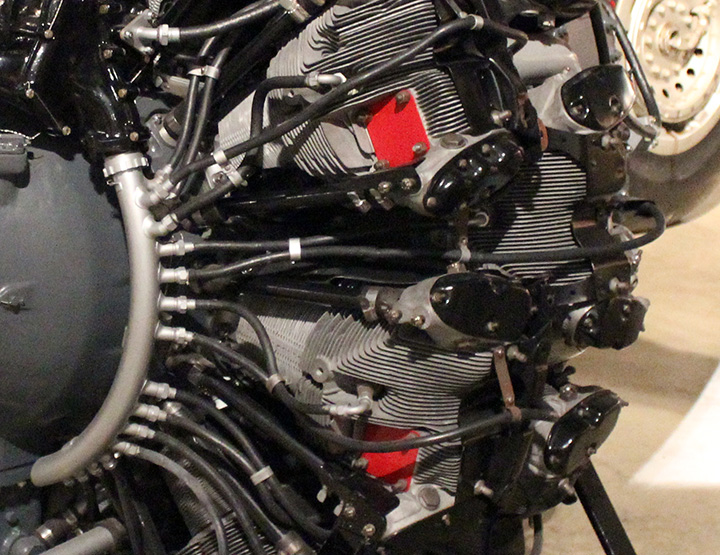
Author's photo from the National Museum of
the United States Air Force.
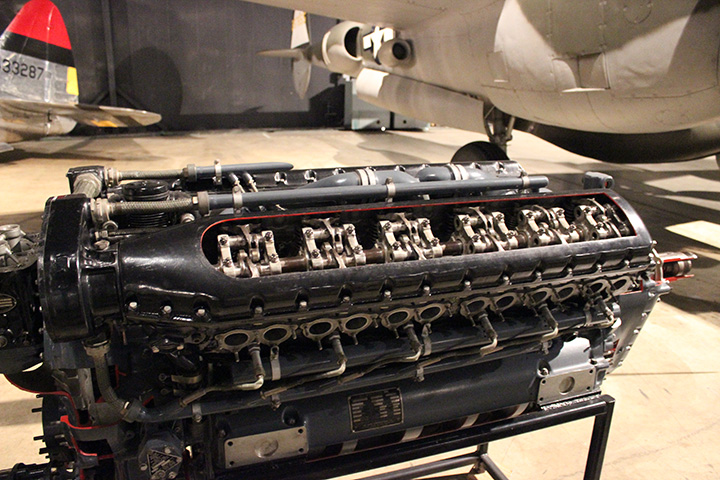
One can see the sparkplug wires on this
Allison V-1710 aircraft engine. Author's photo from the National Museum
of the United States Air Force.
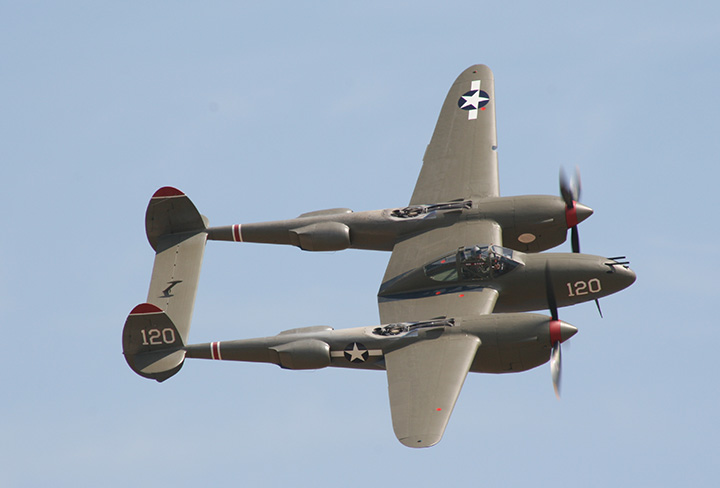
The Allison V-1710 with its Packard Electric
sparkplug wires was used in several World War Two fighters but the most
famous and iconic was the Lockheed P-38 "Lightning". Author's
photo from the 2013 Chino Airshow
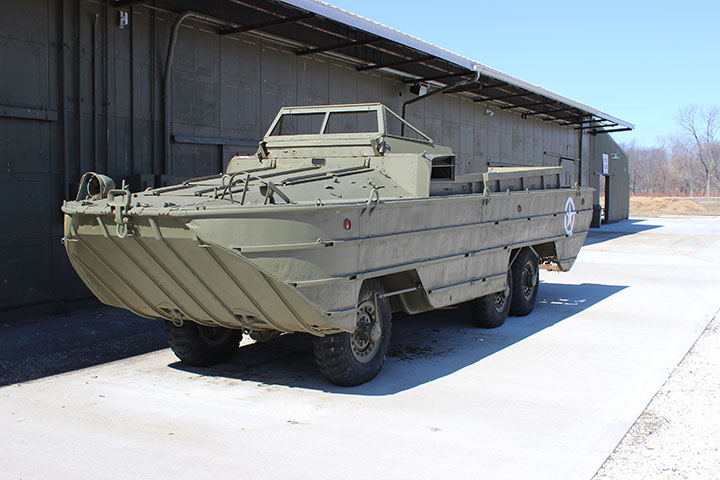
On page 21 below of "Background for Victory"
the DUKW (Duck) is shown. One of the outstanding logistical
innovations of WWII was this amphibious version of the GMC 2 &
1/2 ton 6x6 truck. In landing operations it could carry supplies
from the ship and deliver them directly to the combat troops in need of
them. Also it was instrumental in cross river landings, especially
in Europe.
This DUKW is on display at the Indiana Military Museum in Vincennes, IN. Author's photo.
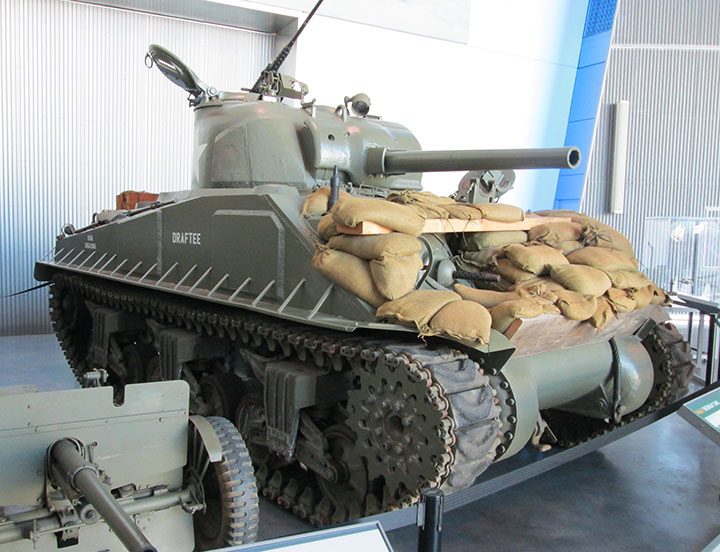
Ford Motor Company was one of eleven
companies that built the M4 Sherman tank during WWII using Packard
Electric built wiring harnesses in the final assembly. This
example is one of 1,690 M4A3 Shermans that Ford built. Author's
photo photograph from the WWII Museum in New Orleans, LA. .
Background for Victory
The Story of Packard Electric against the
Axis

The aircraft shown here is a Lockheed
B-34/B-37 Bomber which was the US Army Air Force's version of the more
numerous PV-1 "Ventura" that the Navy used as a patrol bomber and sub
hunter.











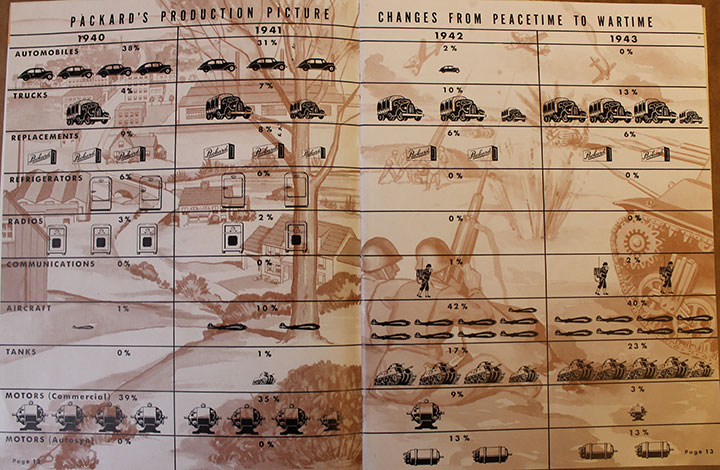
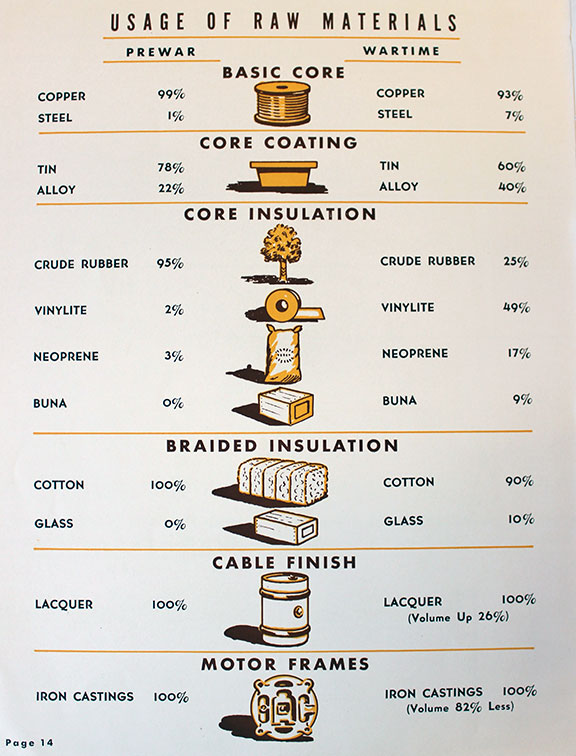

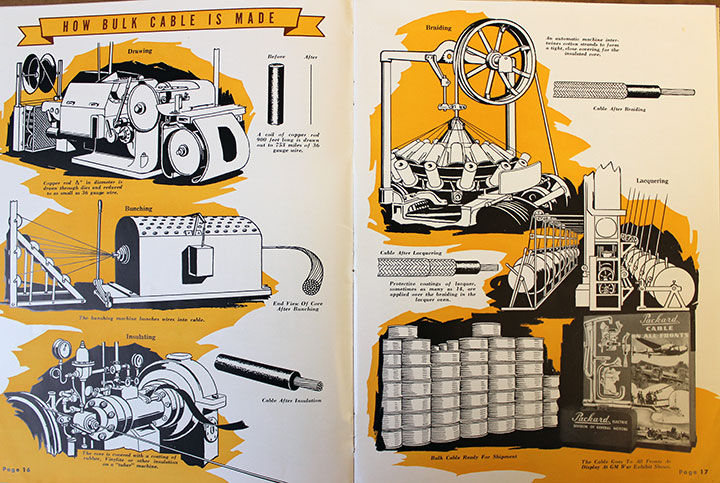



The M7 medium tanks are misidentified.
They are actually M4 Sherman tanks, of which over 45,000 were built
during the war. As noted on the page below, Packard Electric was
producing 2,700 sets of pre-wired cable harness per month for the M4
Sherman tank. There were a total of eleven different companies
that built the tank.

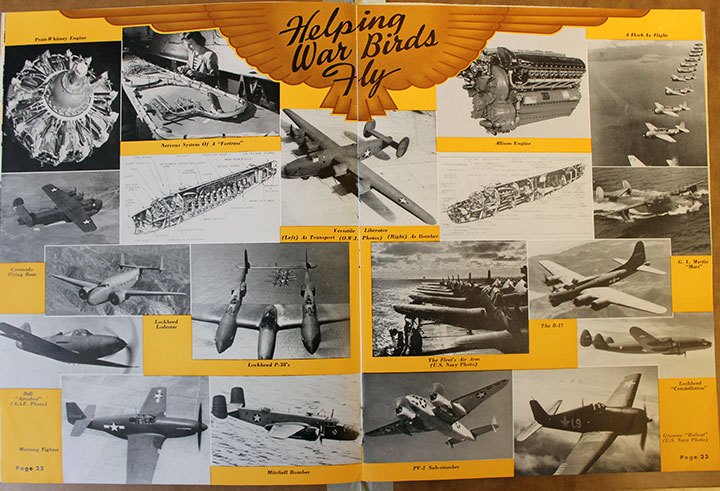
The next pages show an excellent sample of
many of the great US military aircraft and engines from WWII. This
is an aircraft
"Who's Who" from the Second World War.

This and the next page show an excellent
sample of many of the great US military aircraft and engines from WWII.
This is an aircraft
"Who's Who" from the Second World War.

Pictured in the lower right hand corner is
the Grumman F6F "Hellcat", which shot down more Japanese aircraft than
any other warplane in WWII. During initial testing the engine
would cut out at high altitudes. After being informed by the
engine manufacturer, Pratt&Whitney, that there was an ignition wire that
would prevent this, Grumman installed the new wire and the problem
disappeared. One has to assume this was the Packard Electric high
altitude wire the Division had developed.









|









































